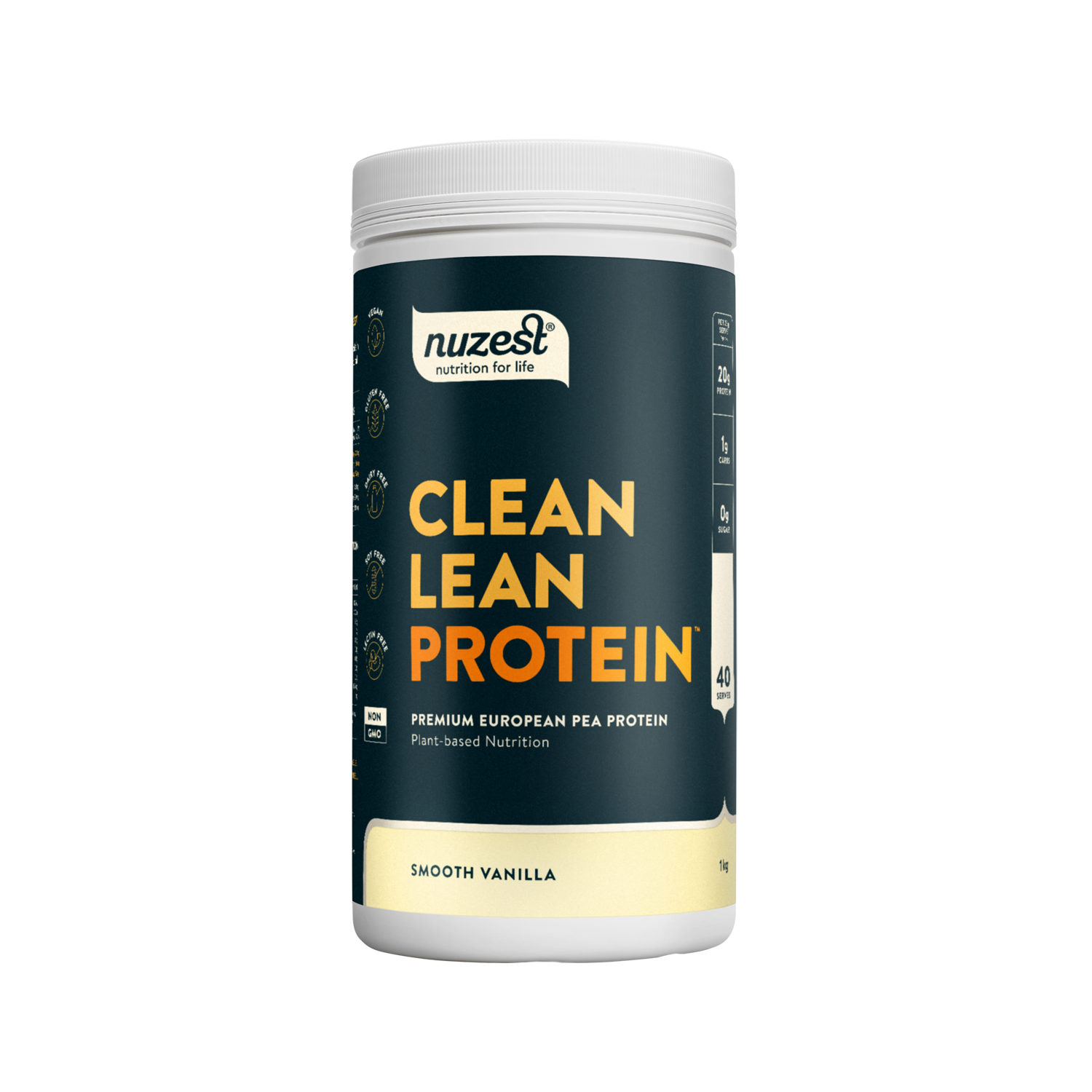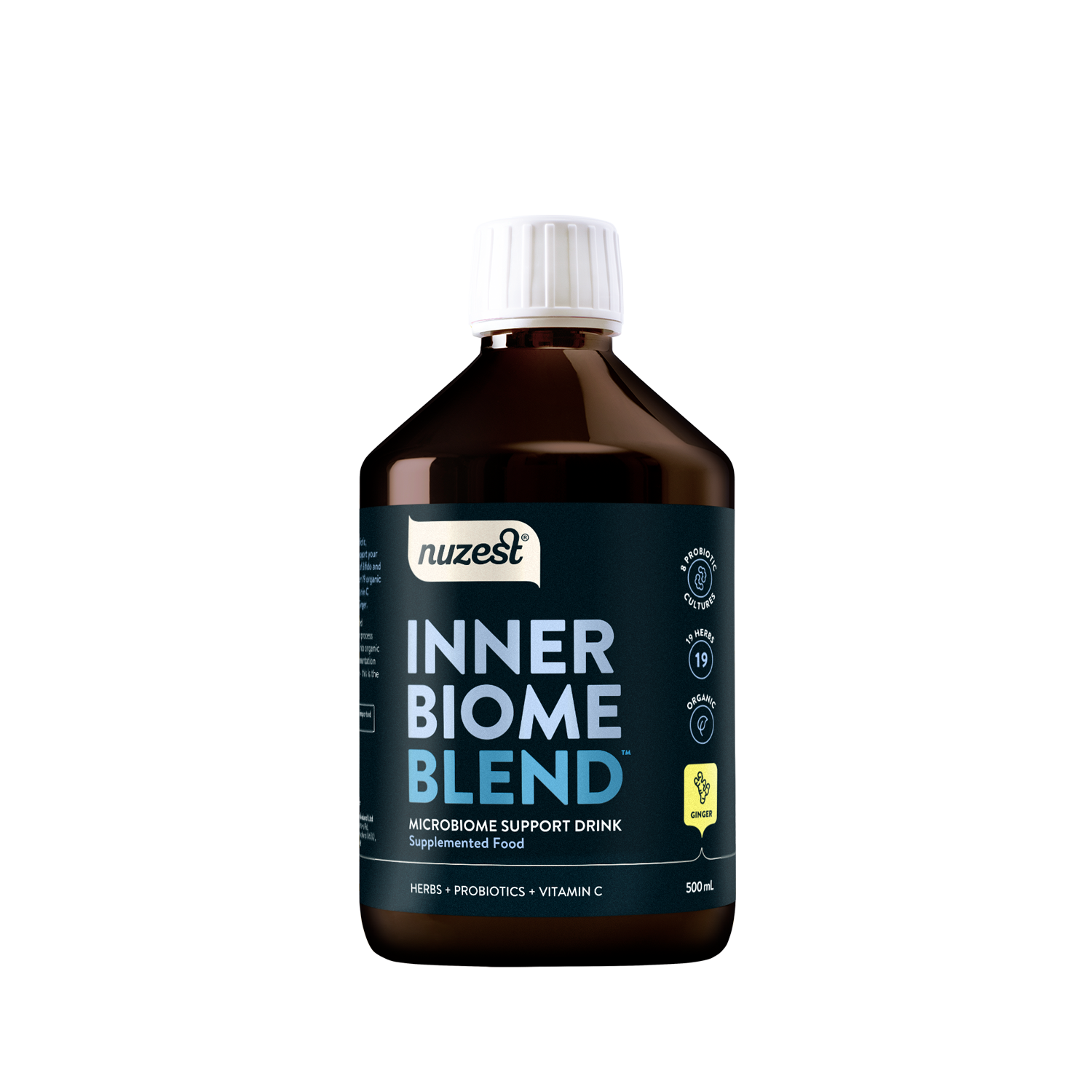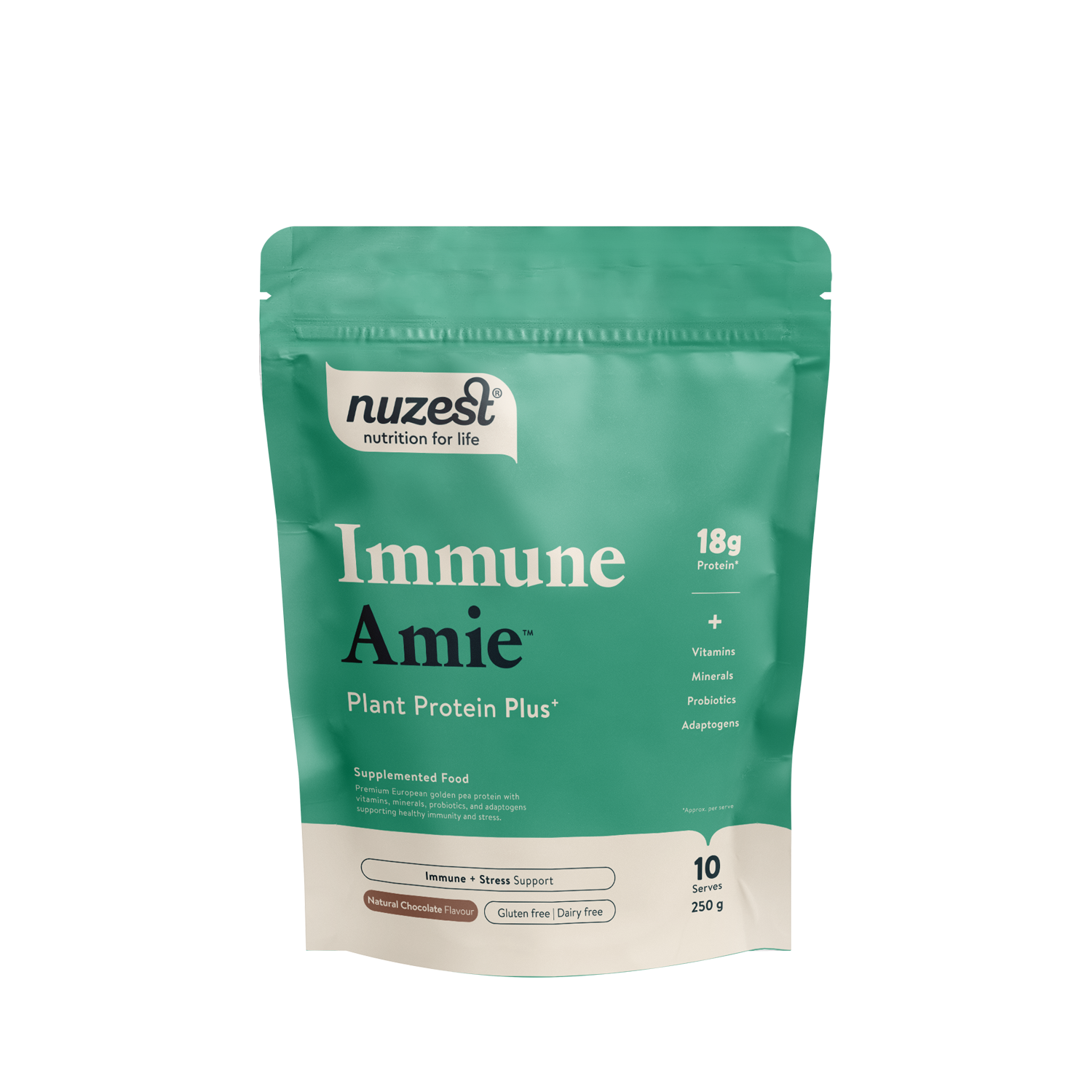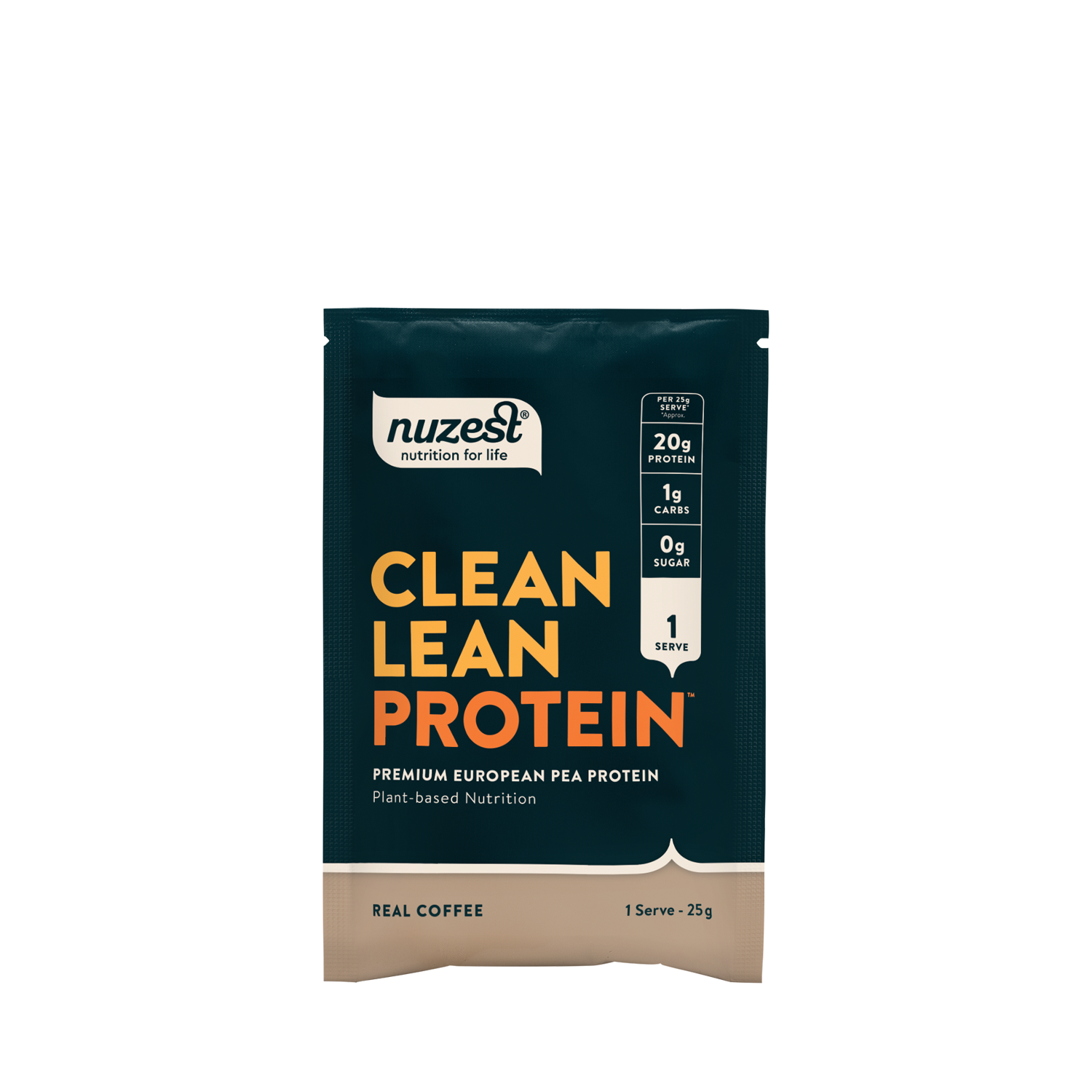Vitamin B9 (Folate)
L-5-Methyltetrahydrofolate Calcium

Vitamin B9, or folate, is a water-soluble B vitamin required for DNA synthesis and cell division. It is included in supplements in natural or synthetic forms, such as folic acid.
Products:
Folate for Heart Health
Vitamin B9 (folate) is essential for cardiovascular health, as it helps reduce homocysteine levels—an amino acid linked to increased risk of heart disease. By supporting the maintenance of healthy homocysteine concentrations, folate contributes to lowering the risk of cardiovascular complications and promoting overall heart function.¹ ² ³
Folate for Brain Health
Folate plays a significant role in brain health by supporting the synthesis of neurotransmitters such as serotonin, which are crucial for mood regulation and cognitive function. Maintaining adequate folate levels is associated with a reduced risk of cognitive decline, enhanced memory, and improved mood, as well as lower incidence of depression and anxiety.⁴ ⁵
Folate and the MTHFR Gene Mutation
Individuals carrying the MTHFR gene mutation may experience impaired conversion of folic acid to its active form, limiting effective utilisation of the vitamin. In such cases, supplementation with methylated folate—the bioactive form—is often advised, as it bypasses the genetic impairment and ensures adequate availability for optimal physiological function.⁶ ⁷
What’s the Difference Between Folic Acid and Folate?
Folic acid is the synthetic form of vitamin B9 commonly used in dietary supplements and food fortification. In contrast, folate refers to the naturally occurring vitamers present in foods such as leafy greens, legumes, and citrus fruits. Folic acid requires enzymatic reduction and methylation to be converted into the bioactive form, 5-methyltetrahydrofolate (5-MTHF), within the body. This conversion process may be less efficient in individuals with certain genetic polymorphisms, including MTHFR mutations. Naturally sourced folate is typically available in bioactive forms, facilitating more direct absorption and utilisation.⁸ ⁹
What Does Methylated Folate Mean?
L-methylfolate, also referred to as methylated folate, is the bioactive form of folate that is readily utilised by the body without requiring further enzymatic conversion. It has undergone methylation—a biochemical modification that attaches a methyl group—rendering it biologically active and more readily absorbed. This form is often recommended for individuals with genetic variations such as MTHFR polymorphisms, as it bypasses the metabolic conversion steps that may be impaired, supporting more efficient folate utilisation.¹⁰











